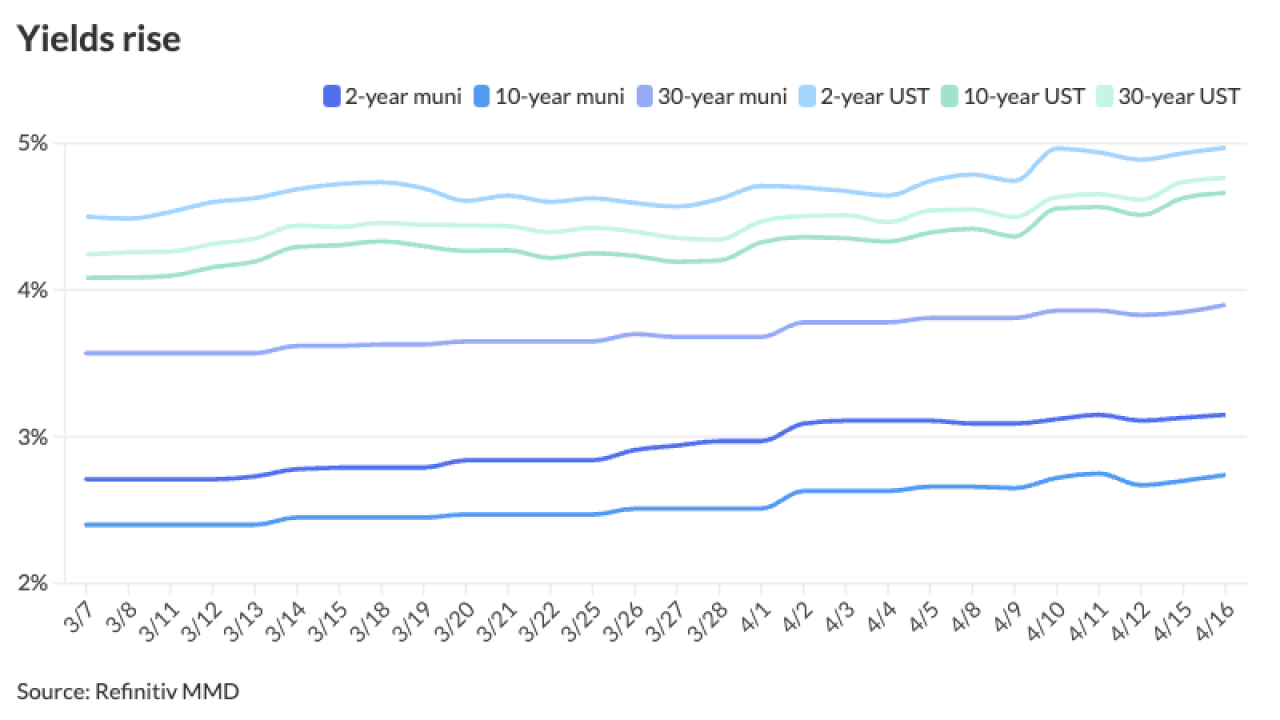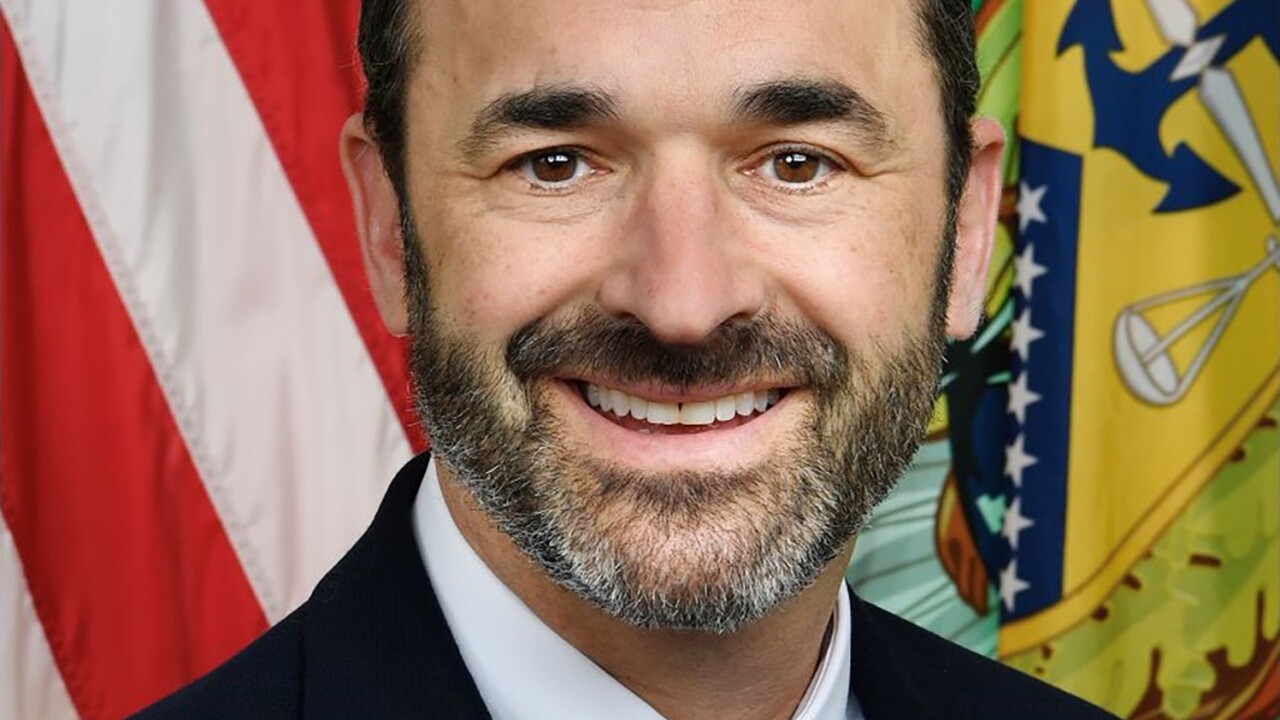
BRADENTON, Fla. — The Florida Hurricane Catastrophe Fund could be back in the bond market next year to again sell debt to pay damage claims caused by hurricanes in 2004 and 2005.
The so-called Cat Fund sold $1.35 billion of tax-exempt revenue bonds in 2006 and another $625 million of tax-exempt revenue bonds in July 2008 to pay claims associated with eight hurricanes that hit Florida four and five years ago.
But even after last year’s issuance, the state-run reinsurer continued to see new and reopened claims, some resulting from litigation by condominium associations.
The new claims could require the sale of between $300 million and $600 million of additional debt, the Cat Fund’s chief operating officer, Jack Nicholson, told advisory board members yesterday.
The debt would require the fund to increase assessments on property and casualty insurance policies throughout the state.
“We’re probably looking at four to eight months before we have a very serious problem of potentially running out of funds” set aside to pay 2004 and 2005 claims, according to Nicholson.
New loss estimate reports will be prepared by the end of the year.
“When we go back to the market we want to make sure it’s the last time so we don’t have to … do another assessment and it’s the last tranche of bonding,” he said.
Before the Cat Fund sold bonds last year, state officials questioned the reasons for — and possible legitimacy of — so many new and reopened claims long after the 2004 and 2005 hurricanes.
In response, the Legislature earlier this year ordered an analysis of the situation, which is expected to be done in February. That should give lawmakers a basis to make changes in the amount of time that claims can be paid, Nicholas said.
The Cat Fund has already paid $3.84 billion for losses due to 2004 storms and $4.9 billion for claims related to 2005 storms.
The nonprofit Cat Fund was created by Florida in 1993 in response to the private property insurance crisis after Hurricane Andrew hit South Florida a year earlier. It was designed to help private insurers remain in the state by offering them low-cost reinsurance. The agency’s debt is repaid with assessment on property and casualty policies across the state.
The past several years have been quiet for Florida, with no major hurricane threats. That has given the Cat Fund time to build up budget reserves from the premiums charged to insurance companies for future storm claims and to weather last year’s credit market meltdown.
The Cat Fund projects that it will have a $4.5 billion fund balance at the end of this year, in addition to $3.5 billion of liquidity from notes it sold previously. However, it remains highly dependent on the bond market for additional capacity to pay claims following a hurricane.
The outlook for selling debt is markedly improved over last year, according to John Forney with Raymond James and Associates Inc., the fund’s financial adviser.
Underwriters and industry experts estimate the Cat Fund could sell up to $11 billion of debt to pay claims, Forney said, noting that is a significant improvement over October 2008 when it was believed that the Cat Fund could only sell $3 billion of debt.
Even with the additional credit capacity and bond market improvement over the last year, Forney warned that the Cat Fund could potentially have a shortfall of $4.17 billion under the worst-case scenario.
“The Cat Fund does have substantial resources,” Forney said, adding that the agency has a strong recognition among investors.
The fund’s long-term revenue bonds are rated Aa3 by Moody’s Investors Service and AA-minus by both Fitch Ratings and Standard & Poor’s.





